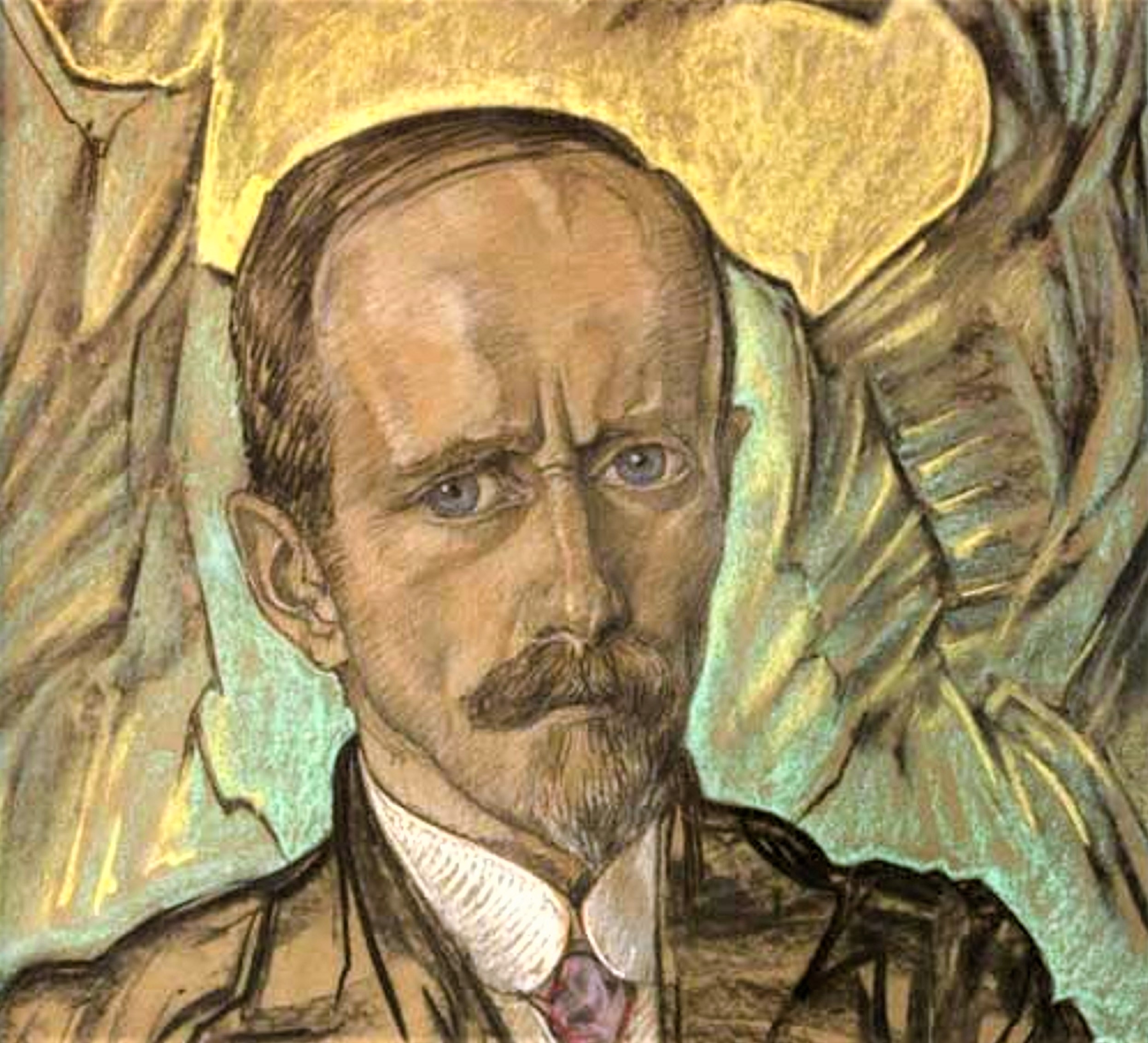Władysław Konopczyński was a great figure in Polish historical science. Polish culture owes monumental works to him, for whom archives and libraries throughout Europe had no secrets. He led an interesting and somewhat controversial life across several epochs.
by Tomasz Siewierski
Warsaw-Lwów beginnings
It seemed that Władysław, born in Warsaw in 1880, would spend his life in the Russian-controlled part of partitioned Poland: a disciplined graduate of State Middle School No 4, he studied law at the Imperial University of Warsaw. He graduated in 1904, dedicating his dissertation to the issue of the liberum veto, a notion of great importance for discussions on the old Polish-Lithuanian Commonwealth. Already that same year, however, he left for Cracow, which remained under Austrian rule, where he met many historians, in particular Wincenty Zakrzewski. This escapade also marked his first contact with Cracovian archives.
Initially, he remained loyal to his Warsaw masters: Tadeusz Korzon and, through him, Szymon Askenazy. Paradoxically, this strengthened his ties with Galicia, for in the academic year of 1907/1908 he attended Askenazy’s classes at Lwów University. By the time Konopczyński arrived in Lwów, he was already a historian with concrete output and, above all, clearly crystallised interests. At Askenazy’s seminar, he was working on a thesis entitled Poland during the Seven Years’ War, and defended the first volume of this work as his doctoral dissertation.
Although Konopczyński was formally Askenazy’s student, qualifying him as a representative of the school created by the Lwów University professor is questionable at the very least. Soon after his defence, relations between the two deteriorated considerably, until they severed ties completely in 1910. Political differences were not insignificant. Konopczyński’s clear liking for Roman Dmowski was definitely not something Askenazy appreciated. It was difficult to imagine the continuation of his academic career within the walls of Lwów University: Konopczyński sought employment at Cracow’s Jagiellonian University.
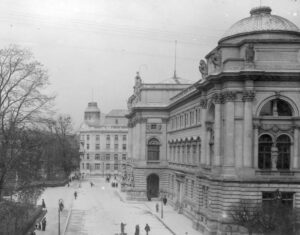
Professor at the Jagiellonian University
Once there, he received a great deal of kindness from Wacław Tokarz, later a colonel in the Polish Army, and co-founder of Polish military historiography. Thanks to his support, Konopczyński became a Doctor Habilitatus in May 1911. For the first years he worked at the Jagiellonian University as a private adjunct professor. In the summer of 1917, he took over the chair of Polish history from Stanisław Krzyżanowski, who had died in January. As the year 1918 began, he took up the post of associate professor.
‘A thin, but sprightly and very erect figure. A stiff collar. Under a powerfully vaulted Socratic forehead, an expressive face adorned with a sizeable moustache and Van Dyke beard. Behind the round, wire-rimmed glasses, bright and penetrating eyes looking as if through or beyond the interlocutor. A somewhat rough voice came out through the moustache. The sentences were so elaborately constructed that they could go to print without correction. Sometimes sarcasm or irony was accentuated by the voice and the curve of the moustache. A deep conviction of the rightness of his reasons and emotional involvement, expressed in categorical judgments and restrained bombast, because not in many words.’ This is how Emanuel Rostworowski, who came into contact with Konopczyński during secret lectures in 1943, described him. Władysław Czapliński’s first impression, when he joined his seminar in 1924, was different: ‘This Konopczyński is not what I had imagined him to be. Small, bald, with a large skull, deep-set eyes, grey and active, and quite a small beard,’ he noted down his observations. Years later, however, he added: ‘Indeed, the professor was not of great height and, when talking to someone larger he liked, as if for exercise, to stand on tiptoe. But his grey, penetrative eyes, filled us young people with fear.’
Konopczyński’s most notable achievement in his work at the Jagiellonian University was the seminar he conducted. It seems that, next to Wacław Sobieski, he was an absolute record-holder in terms of the number of doctorates he had promoted: 46. His students included some great names of Polish modern historiography, historians diverse in their interests and methodological positions, as well as representatives of various disciplines of history: military history, diplomacy, politics, and culture.
However, the numerous group of historians who, in later years, played a considerable role in Polish science, could hardly be called a school because of the aforementioned breadth of their interests. ‘He was not an outstanding teacher,’ Władysław Czapliński stated years later, ‘It is difficult to speak of any well-thought-out system of conducting a seminar by the professor.’ As Piotr Biliński, a researcher of Konopczyński’s biography, points out, ‘during scholarly discussions he did not impose his own opinion on students, but treated them as equals. He often invited them to his home, but did not lose his distance.’
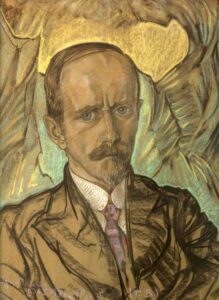
Great works of an archive afficionado
Before Konopczyński wrote his greatest works, which were published one after another in the 1930s, he had already made a number of trips to European archives prior to the outbreak of the First World War. He had studied Russian, Saxon, Austrian, English, French, and Danish collections. ‘Konopczyński earned himself the nickname of “archive afficionado”. Over the course of nine years, without eating or sleeping, had fed himself from early morning until late evening on paper written down over 200 years,’ wrote Emanuel Rostworowski. During the Great War, in turn, the historian had studied the archives of Scandinavian countries, working mainly in Stockholm and Copenhagen.
Konopczyński’s main field of research was modern history and, within this period, the last fifteen years of the reign of August III, and the first decade of the reign of Stanislaus II Augustus in particular. He thoroughly researched these years according to the idea recorded in his Historica: ‘An epoch is known only by the one who digs through various sources by himself, and digests his material until he is completely acquainted with the people of the time.’ A number of works comprise this twenty-five-year period, including The Grodno Sejm 1752 (1907), Poland during the Seven Years’ War (1909–1911), The Bar Confederation (1936–1938), and The First Partition of Poland (2010).
Of this group of Konopczyński’s works, the two-volume Bar Confederation enjoys particular recognition to this day. In his posthumous memoirs, published in the émigré Teki Historyczne, Stanisław Kościałkowski characterised his work as follows: ‘The most important, excellent in every respect, a true historiographical masterpiece, likely surpassing, in size and importance, all other monographic studies by Konopczyński, is The Bar Confederation, the final great work before the last war.’ Referring to this work, it is worth mentioning Konopczyński’s biography of the confederate leader Kazimierz Pułaski published in 1931. Its English translation was also published in the United States.
Konopczyński’s research interests in modern history very often went beyond the above-quoted quarter of the 18th century. His output includes works on the history of English parliamentarism, as well as Polish-Swedish and Polish-Turkish relations. Another extremely important work in Władysław Konopczyński’s oeuvre is his two-volume summary of the history of modern Poland, enjoying unflagging interest. It was first published in 1936, and has since undergone five editions.
Apart from the breadth of Władysław Konopczyński’s work, its most important feature is the enduring relevance of his findings. His works are still being published: in the last few years The History of English Parliamentarism, Poland and Sweden or Stanisław Konarski have been reissued. Others have been published for the first time quite recently, e.g. The First Partition of Poland (2010). Yet it is the extremely important Historica that deserves special mention, published only in 2015 and edited by Maciej Janowski. Konopczyński’s systematised methodological reflections are still of value not only to those wishing to understand the principles and beliefs shaping the Archive Afficionado’s research style. Prepared immediately after the war, and finally rejected for print in 1948, it is simultaneously Konopczyński’s uncovered voice against plans for the reconstruction of historical science along the lines postulated by the Marxists of the time.
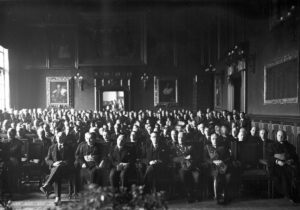
Biographer of a thousand Poles
There is a work by Władysław Konopczyński (at the same time one of the greatest achievements of Polish culture) which is still being published today. It is, of course, the Polish Biographical Dictionary. The concept for this monumental publication was presented by the professor almost a hundred years ago, in 1922, in Przegląd Warszawski. The idea of the dictionary materialised slowly, but in 1930, thanks to funding from the Polish Academy of Arts and Sciences, work began in earnest. In 1935, the first volume was published. By the outbreak of war in 1939, 24 fascicles had been published, bringing the set of entries in alphabetical order to the letter ‘D’. After the war, work continued for several years and ten fascicles were issued. However, in 1949 Konopczyński was forced by the authorities to resign from the post of editor-in-chief, and the publication of the dictionary – fortunately, as it turned out, considering the Stalinist dictate – discontinued for several years. The work resumed in 1956. The editorial team was headed by two participants of Konopczyński’s seminar: Kazimierz Lepszy, followed by Emanuel Rostworowski.
A unique item in Konopczyński’s output is his very extensive and detailed diary, which he began writing in 1895. He kept his notes until the end of his life. In 2016, the Polish History Museum published two volumes of the diary from the years 1918–1921, and a continuation of the publication is planned.
In this article, one can only hint in passing at Władysław Konopczyński’s political involvement, which played no small part in his career as a historian. As mentioned previously, this had a negative impact on his relations with Askenazy. In 1917, he joined the secret National League, and later became an activist of the People’s National Union (Związek Ludowo-Narodowy), on behalf of which he had held a seat in parliament in the years 1922–1927. In Konopczyński’s rich scholarly output – besides works on modern history, a model of reliability – we find few items on contemporary times. They are full of emotion, and are an expression of the author’s political convictions, which can be surprising. A prime example is the Political History of Poland 1914–1939, first published in 1995.
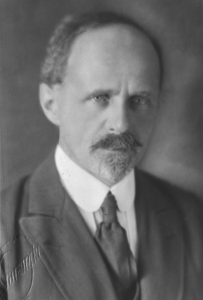
Sad last years
When the Second World War broke out, Konopczyński found himself among the professors arrested as part of the Sonderaktion Krakau. He spent the following months in the Sachsenhausen concentration camp. In the winter of 1940, released as the result of an intervention, he returned to Cracow. Here, to the extent possible under the Nazis’ occupation conditions, he worked as a researcher and wrote further works, hoping that the war would end. However, the time after the so-called liberation did not prove kind to him.
For three post-war years, he worked actively and fruitfully at the university, but the communist authorities viewed him unfavourably, and with the onset of the Stalinist period, he was forced to part ways with the school. The historian’s final years were dramatic, full of humiliation and injustice. Works ready for publication were not published during his lifetime. Six months before his death, shortly after the famous First Methodological Conference of Historians in Otwock, which marked the apogee of Stalinism in historical science, he wrote to Władysław Czapliński: ‘I am gassed, infected, a leper’. Władysław Konopczyński died of heart failure in July 1952 at the age of 71.
Author: Tomasz Siewierski
Translation: Mikołaj Sekrecki

